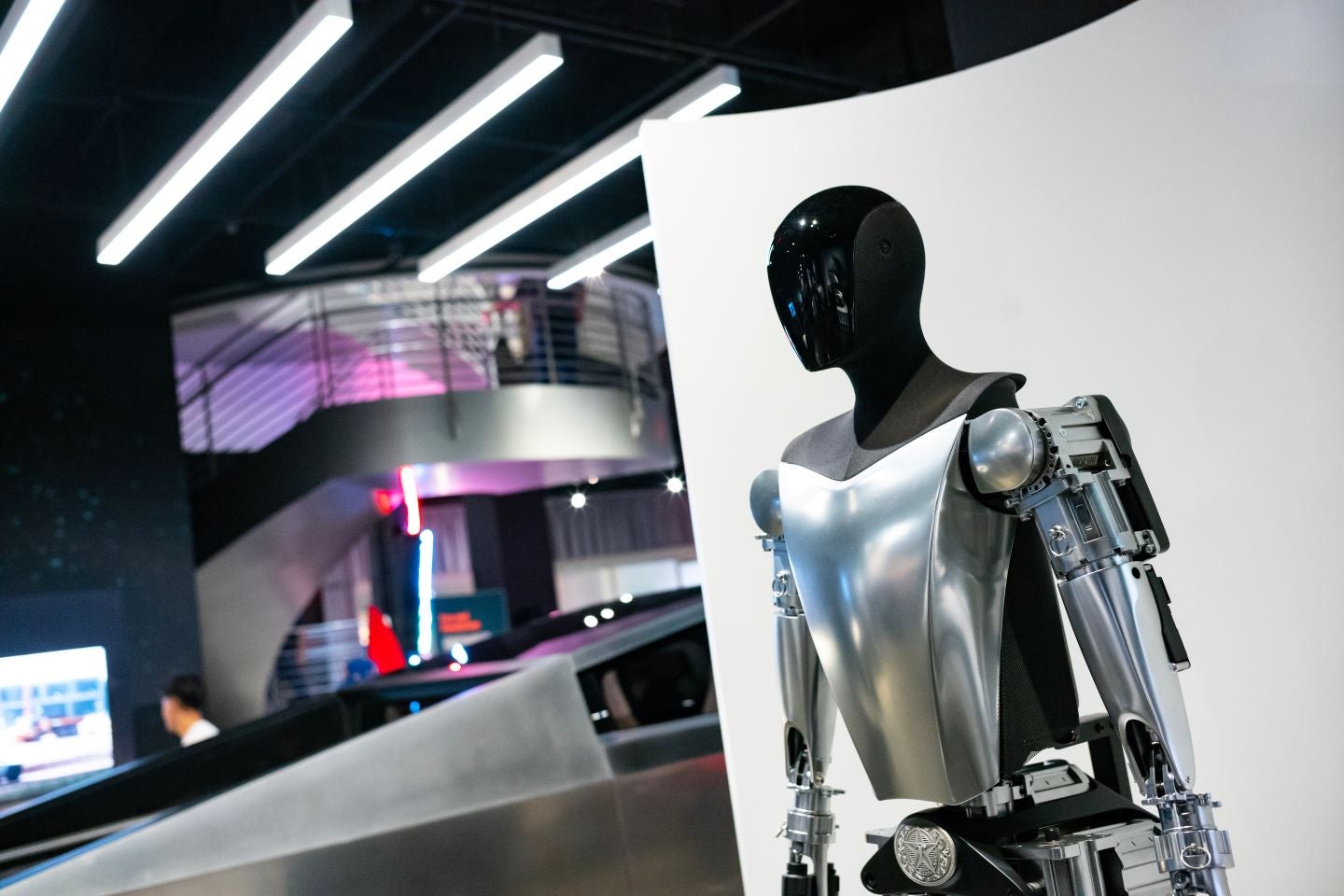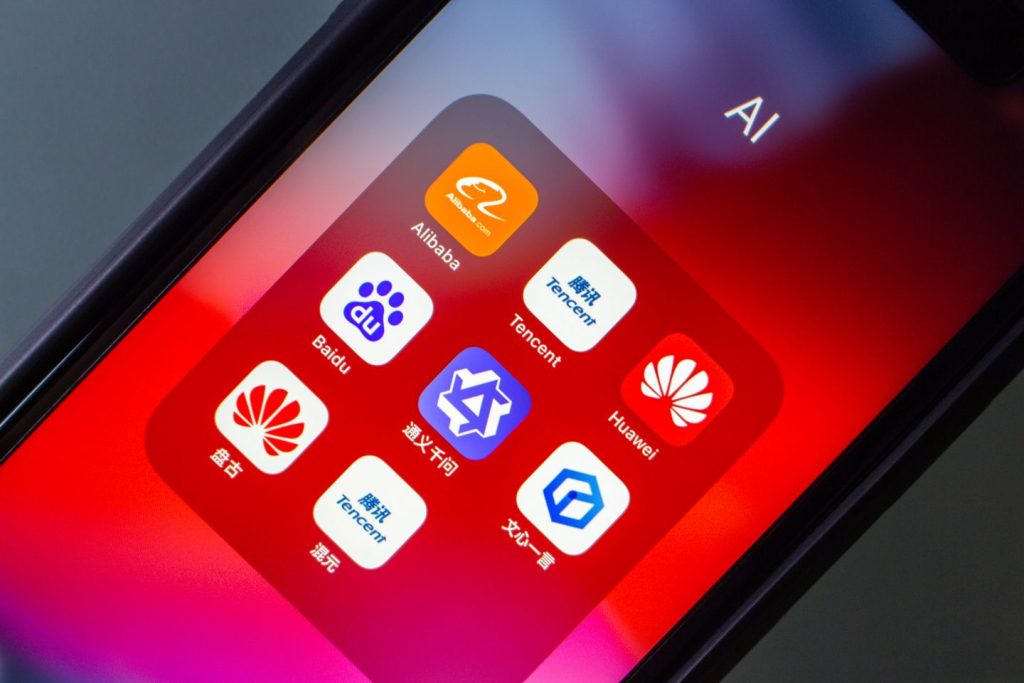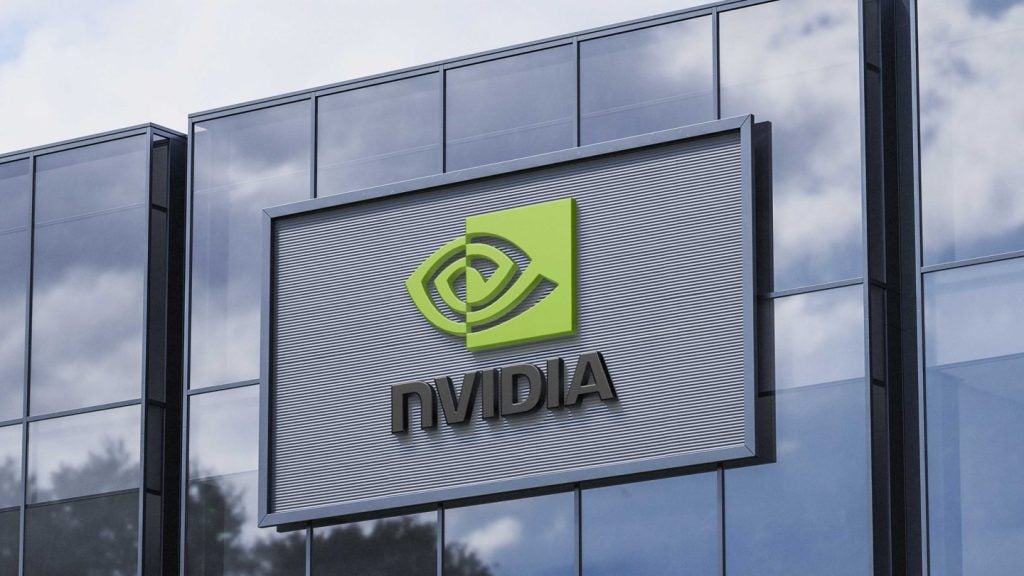
Tesla has released the next generation of its human-like Optimus bot as M&A activity recovers in the robotics sector from the COVID-19 pandemic slump.
The US electric car maker’s updated Optimus bot is 10kg lighter than previous models which enables the bot to walk faster and have a better grip and sensory detection, according to Tesla CEO Elon Musk.

Access deeper industry intelligence
Experience unmatched clarity with a single platform that combines unique data, AI, and human expertise.
During the launch of the Optimus bot in October 2022, Musk stated that Tesla intends to eventually create Optimus as a “general purpose” household robot that costs under £20,000.
Until then, Optimus has been in development.
Research company GlobalData’s 2023 thematic intelligence report into robotics found that M&A activity in the industry is recovering despite a slump during the COVID-19 pandemic.

US Tariffs are shifting - will you react or anticipate?
Don’t let policy changes catch you off guard. Stay proactive with real-time data and expert analysis.
By GlobalData
The healthcare sector was identified as the driving force behind this investment since robotics are now used for invasive surgeries and orthopaedic disorders.
Consumer robotics, such as robotic vacuum cleaners, are also on the rise automating household tasks as Optimus is aspired to do after its development.
Exoskeletons, logistics robots, drones, and consumer robots will be the fastest-growing robotics segments between 2022 and 2030, with the exoskeleton market expected to grow at a compound annual growth rate of 39%.
Advances in cloud and AI which will help inter-robotic connectivity will stimulate this growth according to GlobalData’s report.
By 2030, the total robotics market is forecast to be worth over $218bn.
Our signals coverage is powered by GlobalData’s Thematic Engine, which tags millions of data items across six alternative datasets – patents, jobs, deals, company filings, social media mentions and news – to themes, sectors and companies. These signals enhance our predictive capabilities, helping us to identify the most disruptive threats across each of the sectors we cover and the companies best placed to succeed.







